In the digital age, videos have become an integral part of online marketing, however, just creating a video is not enough. To ensure that your video reaches the target audience, it is essential to optimize it for search engines.
Video SEOis the process of optimizing various elements of your video, such as the title, description, tags, and thumbnail, to make it more discoverable to search engines and users. In this article, we will discuss the importance of Video SEOand some tips on how tooptimize your videos for better search enginevisibility.
What Is Video SEO?
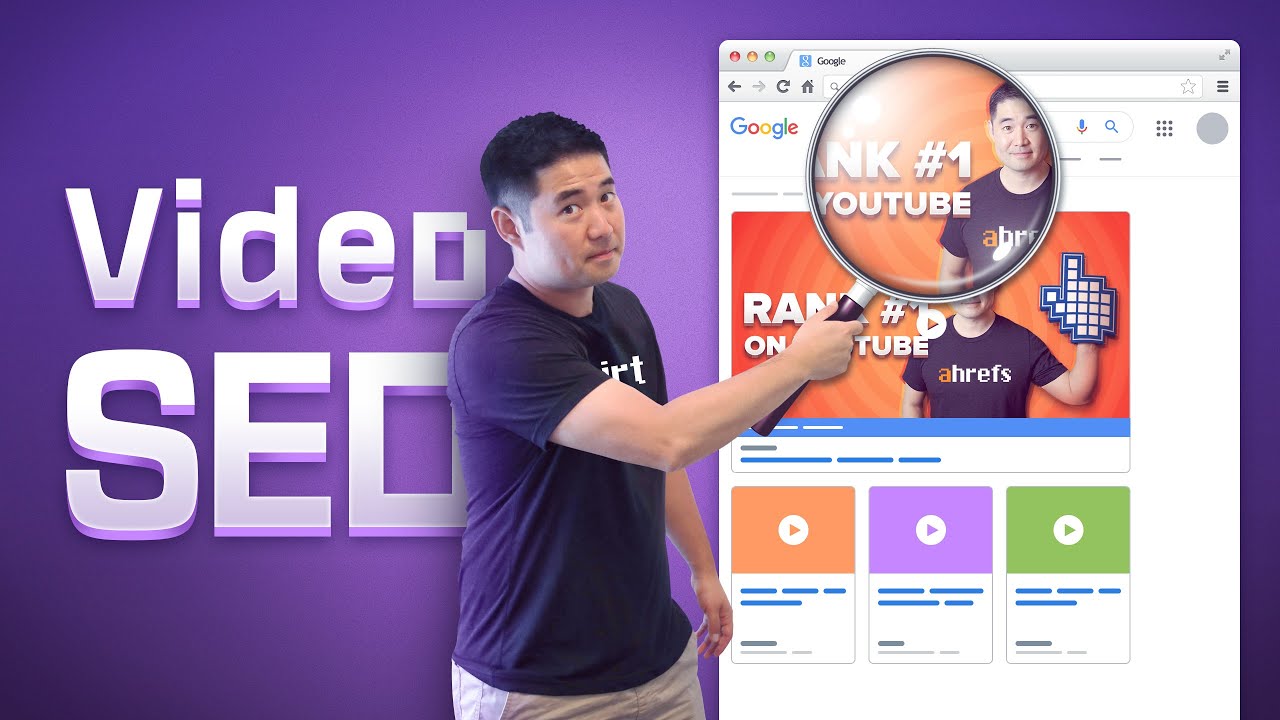
Video SEO: How to Rank YouTube Videos on the First Page of Google (Fast)
Video SEO, also known as video search engine optimization, is the process of optimizing videos to improve their visibility and ranking in search engine results pages (SERPs). It involves optimizing various elements of a video, such as a title, description, tags, and thumbnail, to make it more discoverable to search engines and users. By optimizing videos for search engines, businesses, and contentcreators can increase the visibility, reach, and engagement of their video content, leading to higher traffic and conversions.
Why Is Video SEO Important?
Video SEOis important for several reasons. First and foremost, it helps videos get discovered by the target audience. When a video is optimized for search engines, it has a higher chance of appearing at the top of search engine results pages (SERPs), making it more visible to potential viewers.
Moreover, Video SEO can improve the overall search engine ranking of a website, as videos are increasingly becoming a popular form of content on the internet. A website with optimized videos is likely to receive more traffic, engagement, and conversions, thereby improving the website's overall performance.
Additionally, Video SEO provides a better user experience, as it enables viewers to find relevant and high-quality videos on a specific topic easily. It can also help to increase brand awareness and exposure by reaching a wider audience and making the brand more recognizable.
Why Is Video Content Effective?
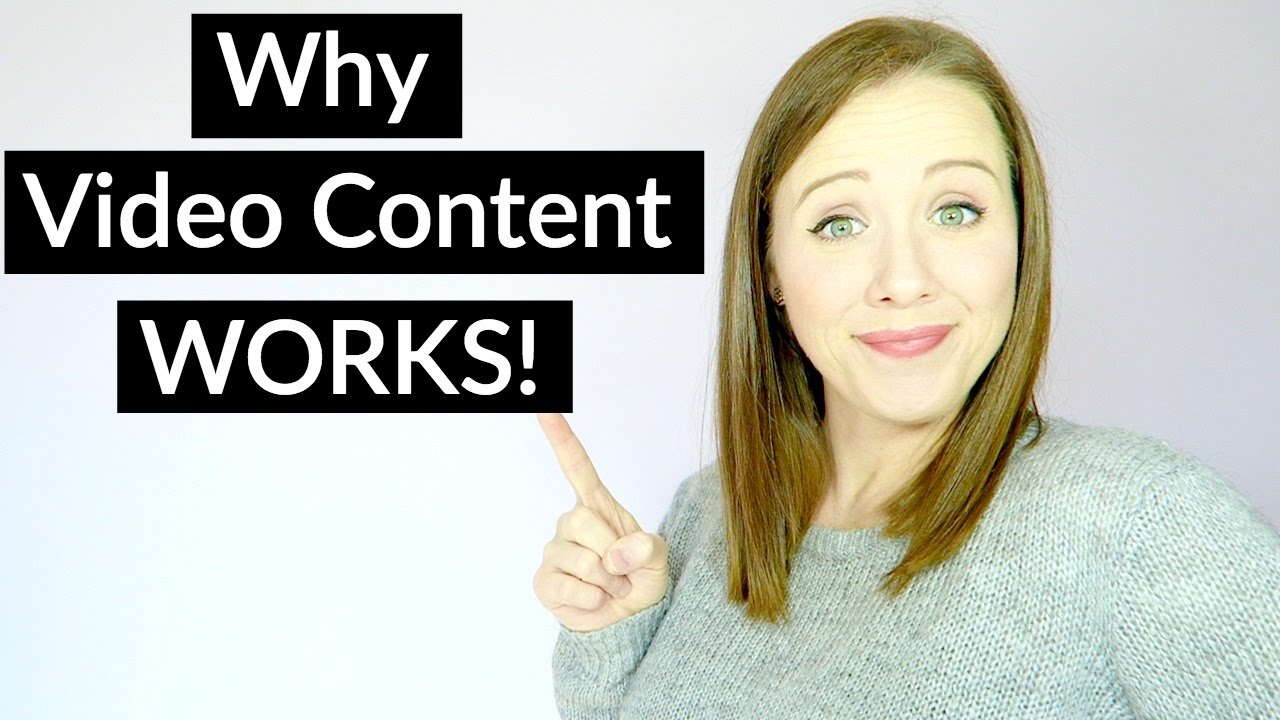
Why Video Content Marketing Works
- Engaging -Video content is engaging and can capture viewers' attention quickly. It can convey information more effectively than other forms of content, such as text or images, by incorporating visuals, sound, and motion.
- Memorable -Video content is more memorable than other forms of content. Studies have shown that people are more likely to remember information that is presented to them in video format.
- Versatile -Video content is versatile and can be used in a variety of contexts, such as social media, email marketing, and websites. It can also be repurposed and used in different formats, such as shorter clips or highlights.
- Emotional impact -Video content can have a strong emotional impact on viewers. It can elicit different emotions, such as humor, excitement, or empathy, which can help to build a stronger connection between the viewer and the content.
- Accessibility -Video content is accessible to a wide audience, including people who may have difficulty reading or understanding text-based content. It can also be translated into different languages, making it more accessible to a global audience.
Tips For Video SEO
Create High-Quality Videos
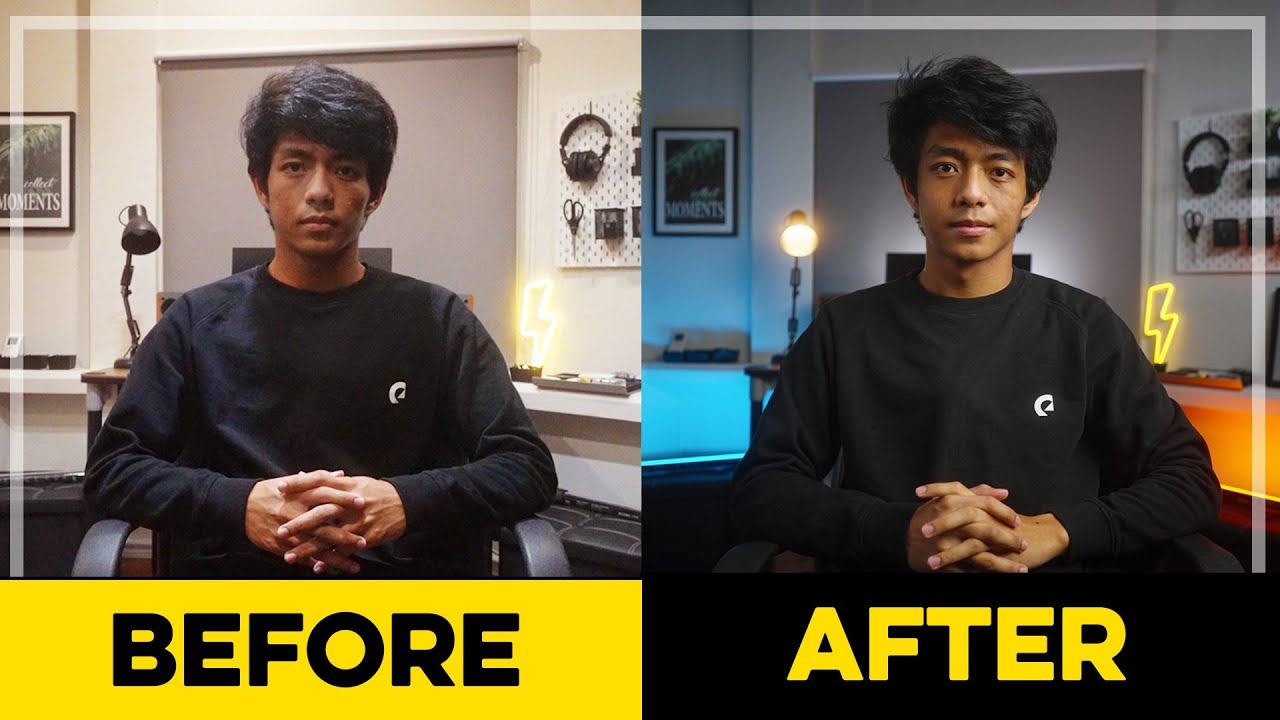
MAKE YOUR VIDEOS LOOK PRO!
The first step in video SEO is to create high-quality videos. This includes using high-resolution cameras, good lighting, and clear audio. If your videos are of low quality, they may not be well-received by your audience or search engines.
- Plan your video -Before you start shooting your video, plan out your content, script, and visuals. This will help you create a more organized and cohesive video.
- Invest in good equipment -Invest in good quality equipment such as cameras, microphones, and lighting. This will help you produce high-quality videos that look and sound professional.
- Shoot in a quiet and well-lit environment -Choose a quiet and well-lit environment to shoot your videos. This will help you to produce high-quality videos with good lighting and sound quality.
- Use appropriate backgrounds -Choose appropriate backgrounds that complement the content of your video. This will help you to create a visually appealing and engaging video.
- Edit your videos -Use video editing software to edit your videos and make them more engaging. This can include adding text, music, transitions, and effects to your videos.
Optimize The Video Title And Description
The title of your video is one of the most important factors in Video SEO. Make sure your title is clear, concise, and includes your primary keyword. Avoid using clickbait titles as they may lead to high bounce rates.
- Include relevant keywords -Use relevant keywords in your video title and description that accurately describes the content of your video. This will help search engines understand what your video is about and improve its visibility.
- Make it descriptive -Your video title and description should be descriptive and provide a clear idea of what your video is about. Use simple and concise language that is easy to understand.
- Use an attention-grabbing title -Use an attention-grabbing title that makes people want to click and watch your video. A good title should be short, catchy, and descriptive.
- Write a compelling description -Your video description should be informative and provide a summary of what viewers can expect from your video. It should also include relevant links and calls to action (CTAs) to encourage engagement.
- Keep it within the character limit -Make sure your video title and description are within the character limit set by the search engines. Google, for instance, allows up to 70 characters for the title and up to 320 characters for the description.
Add Relevant Tags
Include relevant tags that describe the content of your video. This will help search engines categorize your video properly and improve its discoverability.
- Use relevant keywords -Use relevant keywords in your video tags that accurately describe the content of your video. This will help search engines understand what your video is about and improve its visibility.
- Use long-tail keywords -Long-tail keywords are more specific and targeted than broad keywords. Use long-tail keywords in your video tags to reach a more targeted audience.
- Add multiple tags -Add multiple tags to your video that describe different aspects of your video. This will help to categorize your video and improve its visibility.
- Use variations of your keywords -Use variations of your keywords in your video tags to reach a wider audience. This can include synonyms, related terms, and misspellings of your keywords.
- Use branded tags -Use branded tags to promote your brand and increase brand awareness. This can include your brand name, slogan, or product name.
Create Custom Thumbnails
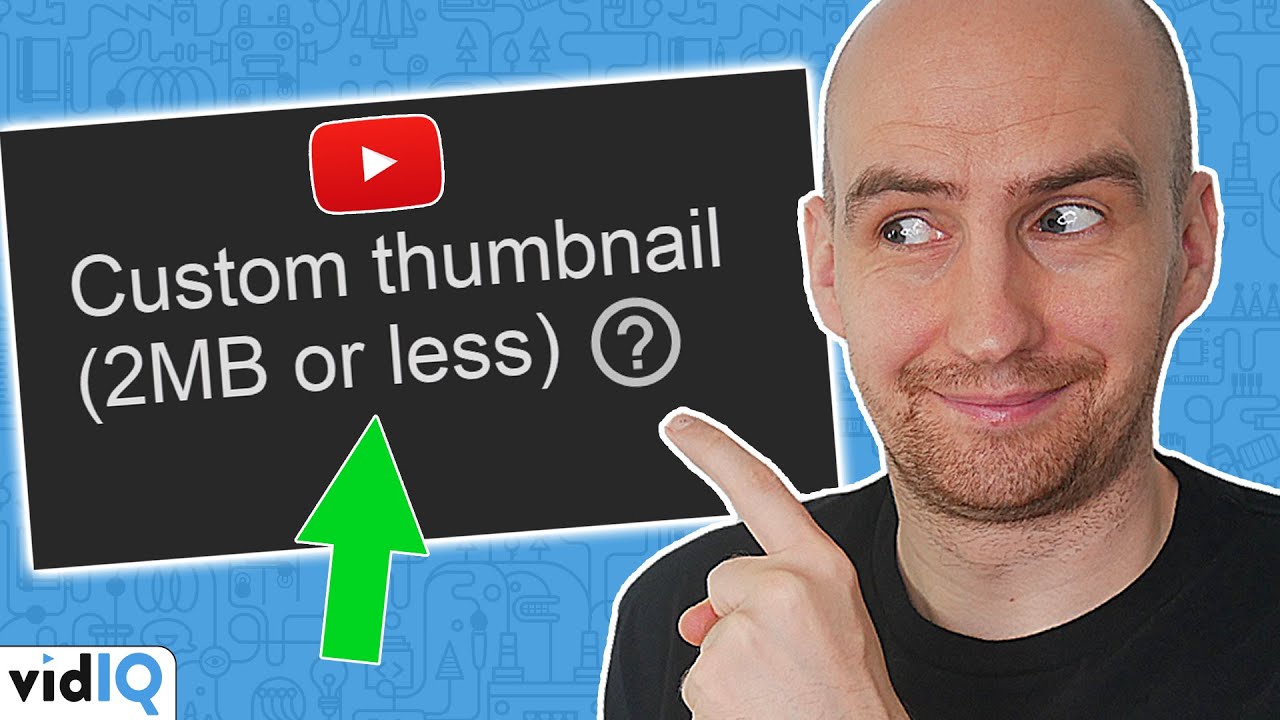
How to Make Custom Thumbnails - The Essentials!
Use custom thumbnails that accurately represent the content of your video. This can increase the click-through rate (CTR) of your video, leading to higher engagement and visibility.
- Make it eye-catching -Create custom thumbnails that are visually appealing and eye-catching. Use bright colors, high contrast, and interesting visuals that will grab the attention of viewers.
- Use high-quality images -Use high-quality images for your custom thumbnails that accurately represent the content of your video. This will help to attract viewers who are interested in your content.
- Include relevant text -Include relevant text in your custom thumbnails that accurately describe the content of your video. This will help viewers to understand what your video is about and improve its visibility on search engine results pages.
- Keep it consistent -Keep your custom thumbnails consistent with your brandingand video content. This will help to establish a recognizable visual identity for your brand and make it easier for viewers to find your content.
- Test and optimize -Test different custom thumbnails and optimize them based on their performance. Use analytics tools to track viewer engagement and adjust your custom thumbnails accordingly.
Include Closed Captions
Closed captions can help improve the accessibility of your videos and also provide additional metadata for search engines.
- Improve accessibility -Closed captions make your videos more accessible to a wider audience, including viewers who are deaf or hard of hearing. By including closed captions, you can improve the user experience and reach a larger audience.
- Improve engagement -Closed captions can improve engagement with your videos by providing viewers with an alternative way to consume your content. They can also help to improve comprehension and retention of your message.
- Improve SEO -Closed captions can also improve your Video SEO by providing search engines with additional text that describes the content of your video. This can help to improve the visibility of your videos on search engine results pages.
- Use accurate captions -Use accurate captions that match the spoken content of your videos. This will help to improve comprehension and user experience.
- Use quality captions -Use high-quality captions that are easy to read and free from errors. Poorly formatted or inaccurate captions can negatively impact the user experience.
Promote Your Videos
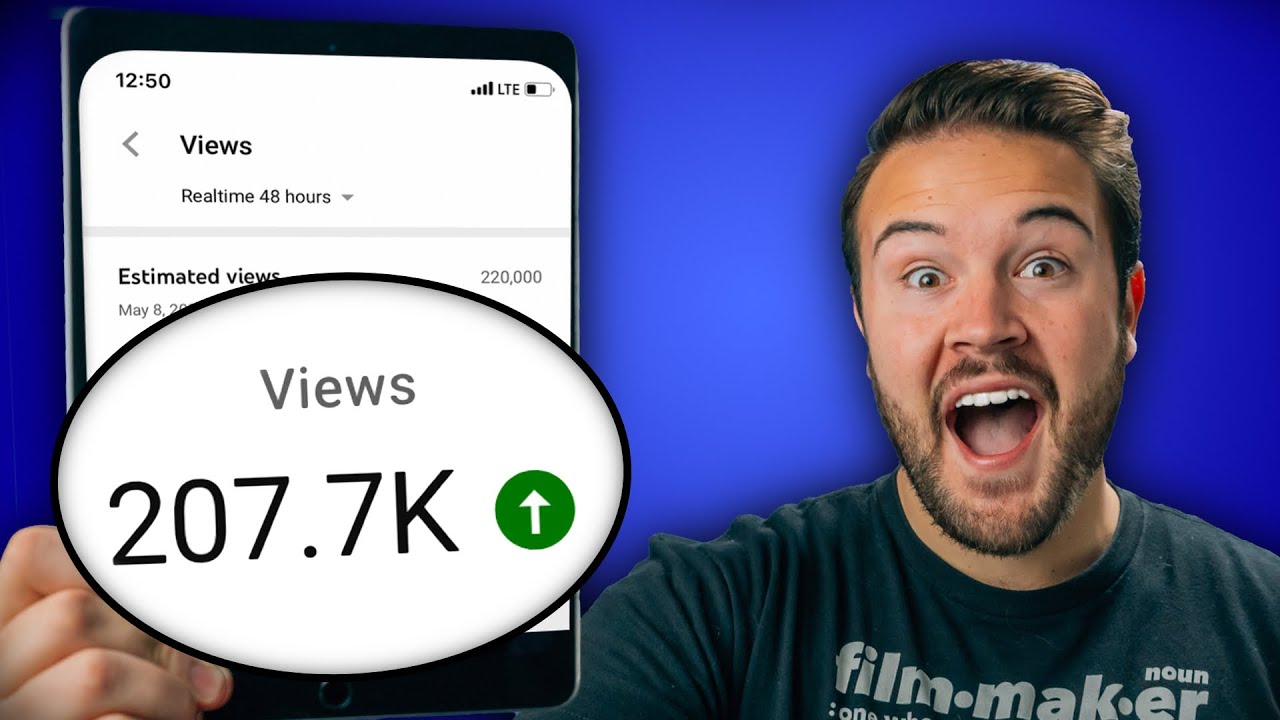
5 FREE Ways to Promote Your YouTube Videos to Get More Views!
Promote your videos on social media and other online platforms to increase their visibility and engagement. This can help to increase their ranking on search engines.
- Share on social media -Share your videos on social media platforms like Facebook, Twitter, LinkedIn, and Instagram. This will help to increase visibility and engagement with your videos.
- Embed on your website -Embed your videos on your website to increase engagement and encourage visitors to spend more time on your site.
- Collaborate with others -Collaborate with other content creators and influencersin your industry to promote your videos to their audiences. This can help to increase visibility and attract a larger audience to your content.
- Use email marketing -Use email marketing to promote your videos to your subscribers. This can help to increase engagement and drive traffic to your website.
- Paid promotion -Consider using paid promotion tactics like social media advertising, Google Ads, or YouTube Ads to increase visibility and reach a larger audience.
Common Mistakes In Video SEO
There are several common mistakes in Video SEO that can negatively impact the performance of your videos. Here are some of the most common mistakes to avoid:
- Focusing too much on views -While views are important, focusing solely on views can lead to the creation of low-quality, clickbait videos that do not provide value to the viewer. Instead, focus on creating high-quality content that provides value to your target audience.
- Ignoring video metadata -Video metadata, such as title, description, and tags, are important for Video SEO. Ignoring metadata or using irrelevant or spammy metadata can negatively impact the visibility of your videos on search engine results pages.
- Not optimizing for mobile -Many viewers watch videos on their mobile devices, so it's important to optimize your videos for mobile devices. Make sure your videos are responsive and can be easily viewed on different mobile devices.
- Not including calls to action -Calls to action are important for driving engagement and conversions. Not including a call to action in your videos can result in missed opportunities to engage with your audience.
- Neglecting video promotion -Promoting your videos is important for improving visibility and engagement. Neglecting video promotion can result in low views and engagement, even if your video content is high-quality.
People Also Ask
How Do I Optimize My Video For SEO?
You can optimize your video for SEO by creating high-quality videos, optimizing the video title and description, adding relevant tags, creating custom thumbnails, including closed captions, and promoting your videos on social media and other online platforms.
What Are The Benefits Of Video SEO?
The benefits of Video SEO include increased visibility, improved search engine ranking, increased traffic and engagement, and higher conversion rates.
How Does Video SEO Differ From Traditional SEO?
Video SEO differs from traditional SEO because it focuses on optimizing various elements of a video, such as a title, description, tags, and thumbnail, to make it more discoverable to search engines and users, while traditional SEO focuses on optimizing web pages for search engines.
Conclusion
Video SEO is an essential aspect of any digital marketing strategy. With more and more businesses leveraging the power of videos to engage with their target audience, it is crucial to optimize your videos for search engines to ensure that they reach the intended audience. So, start optimizing your videos for search engines today to take your video marketing to the next level.
